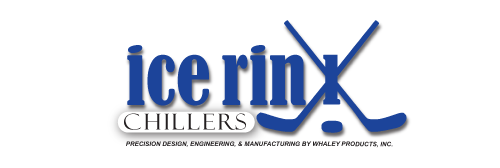The ice sheet eventually gets worn down and scarred from skate blades and particles on the surface. The ability to resurface and maintain the ice sheet is of critical importance. The original way to do this was by manually hosing, scraping, and leveling the surface. This was a very time intensive and arduous process.
Ice resurfacing machines were invented by Frank Zamboni in the 1940’s. He wanted to create a single machine that would shave, scrape, wash, squeegee, and expel a fresh water layer all in one pass. Changing the five man job that took about 1 ½ hours, into a job that took a single man 15 minutes. The original models were built on modified war surplus Jeeps. He patented the machine in 1953.
This is how they work:
The blade measuring about 77in by ½ in thick shaves the surface of the ice. Depending on the condition of the ice, anywhere from 1 1/16 in. – 1/8 in. of ice is removed. Above the blade is a horizontal, rotating auger that gathers the shaved “snow”. This auger moves the snow to another vertical auger. At the top a spinning arm dumps the snow into the bucket. This bucket holds up to 300 gallons of snow. This allows an entire rink to be resurfaced before it needs to be emptied. There are two separate water tanks located beneath the bucket. One tank is used for washing the ice right after the blade passes. This removes contaminates from deeper cuts in the ice. This dirty water is “toweled off” with a large rubber squeegee blade directing it to a vacuum. The second tank holds hot water (140⁰-145⁰F), which is deposited on the ice. The hot water allows for the new water layer to bond properly with the existing ice surface and not just flake off. The last step has a second rubber squeegee blade “towels” the water evenly across the surface. Each resurfacing uses 80-100 gallons of water and produces a shiny, smooth ice sheet.
